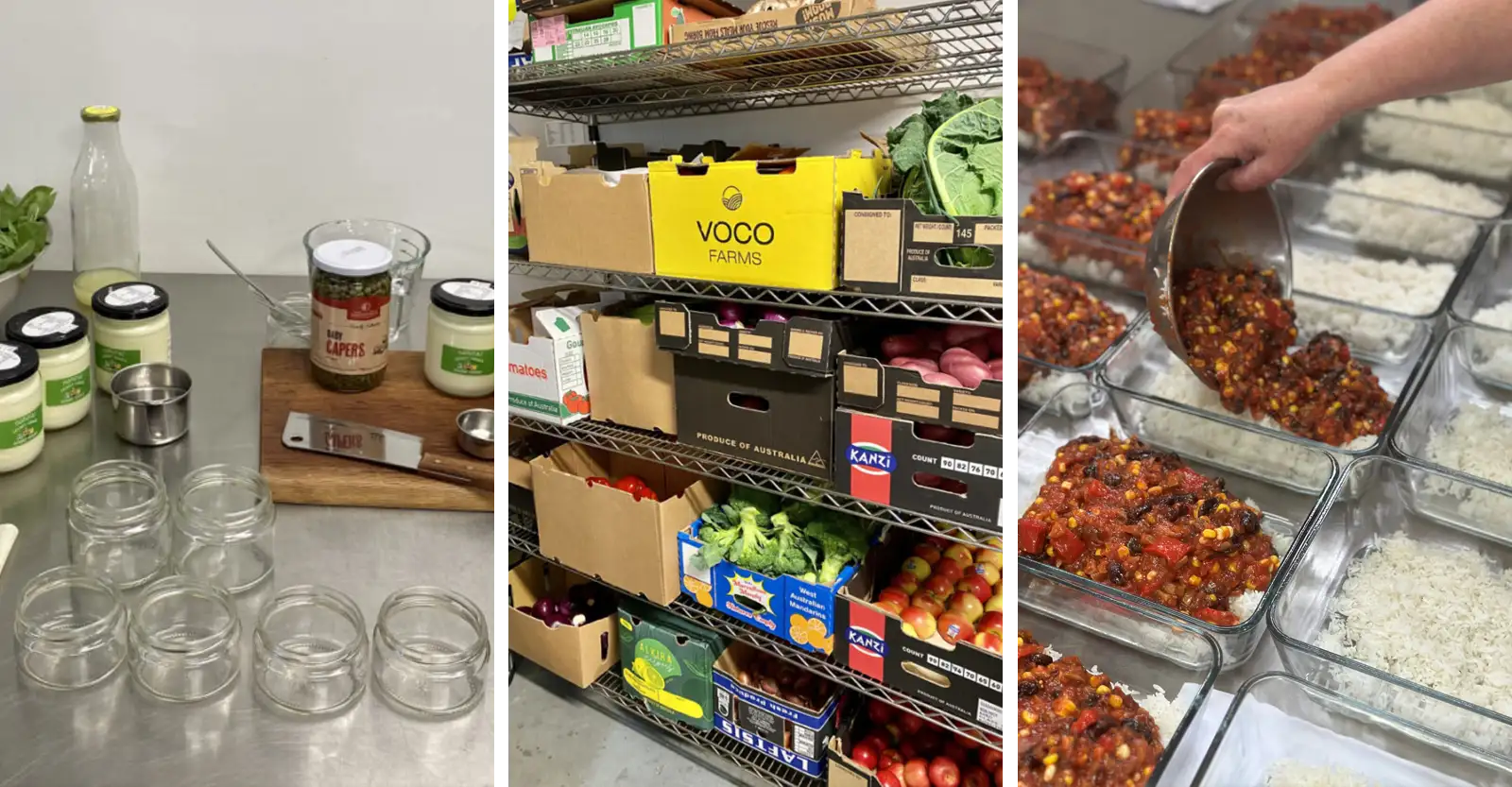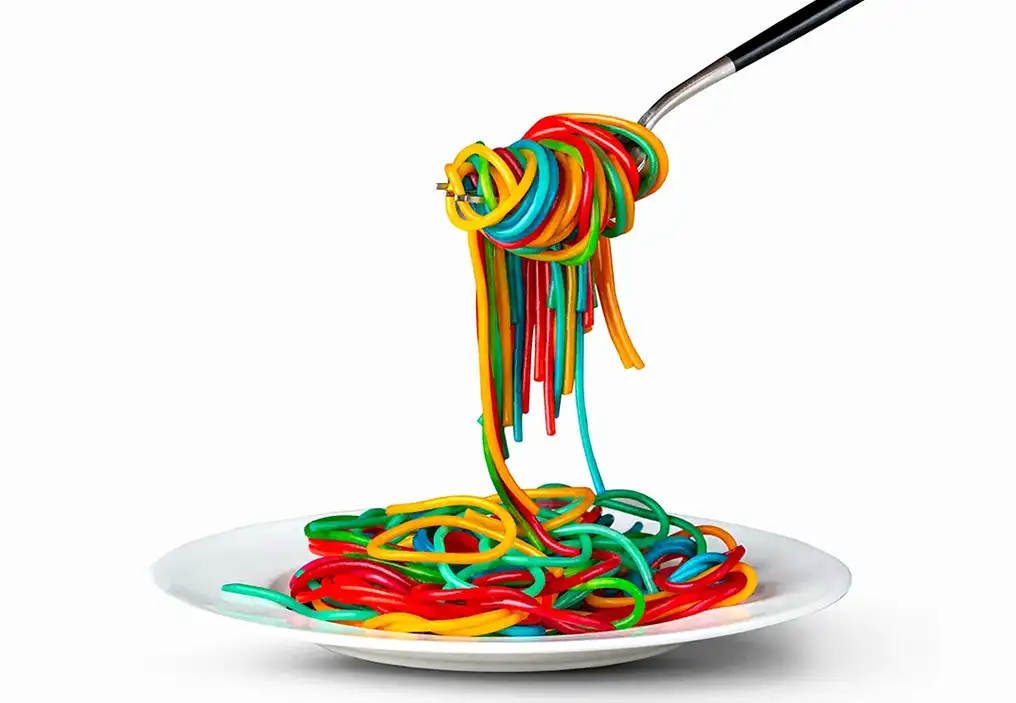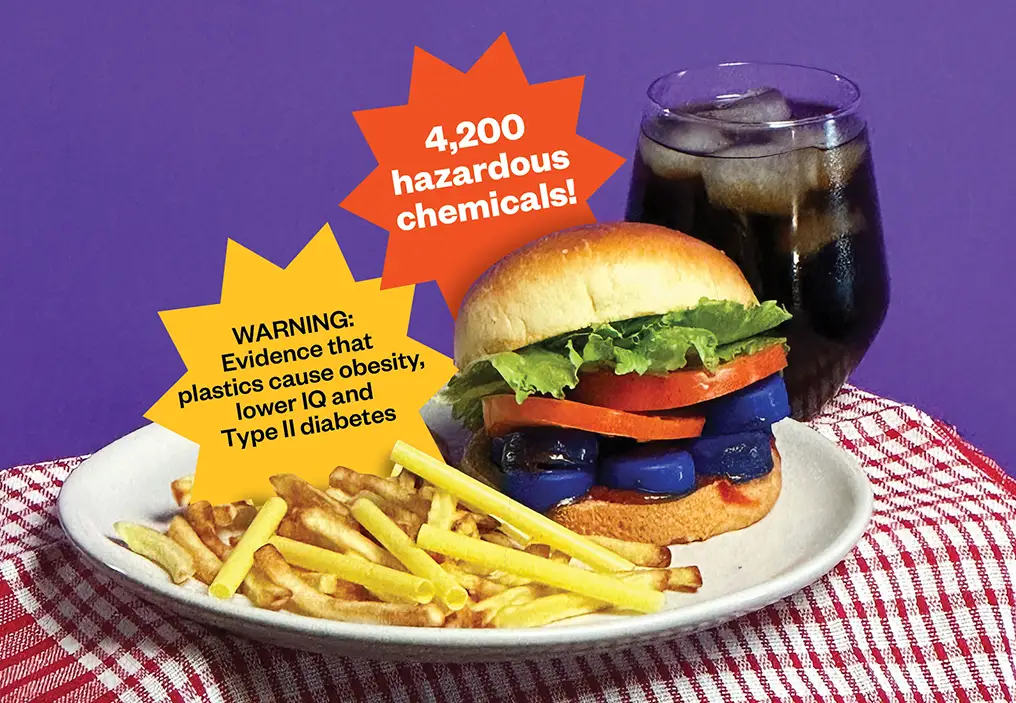We know plastics are clogging up our oceans and landfills but what about our bodies?
Researchers from The University of Western Australia (UWA) have developed an online tool to gauge just how much plastic we’re unknowingly consuming through what we eat and drink. And the results could have big implications for our health.
explains Professor Michaela Lucas from UWA’s Medical School.
One of the main concerns are our diets, which are a major source of these hidden exposures.
Plastics are everywhere in food packaging, storage containers, and even cooking utensils or cookware – think microwaving meals in plastic trays or wrapping snacks in cling film.
To tackle this, UWA researchers Dr Amelia Harray and Professor Lucas co-designed the “24-hour Dietary Recall – Plastic Exposure” questionnaire.
It collects detailed information about what people eat, how their food is packaged, stored, prepared, cooked and what it's eaten with, and then scores their plastic exposure using a scientifically developed rating system.
says Dr Harray.
It will help pinpoint high-risk habits like eating individually packaged snacks, highly processed food, or reheating food in plastic containers.
The tool is currently being used in the PERTH (Plastic Exposure Reduction Transforms Health) Trial, where researchers are testing whether adults can improve their heart and metabolic health by cutting down plastics in their diet.
To validate the questionnaire, researchers are comparing dietary exposure to plastics with plastic chemical levels found in participants’ urine over the same 24-hour period.

The ultimate goal? To arm people with knowledge, support healthier choices, and shape better food packaging policies.
says Professor Lucas.
The first results from the PERTH trial – looking at whether reducing dietary plastic exposure can improve cardiovascular health – are expected by the end of the year.
So next time you reach for that plastic-wrapped snack or microwave lunch in a plastic container, it might just be food for thought.
You might also like

What’s hiding in your bowl of spaghetti? The toxic truth about plastics.

5 unsuspected everyday items that contain plastic (hint: you’re consuming them).

Would you like a side of plastics with that?
